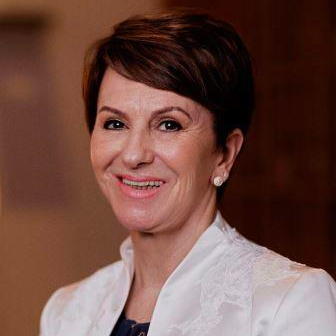Strategies to Boost Antibiotic Activity
A special issue of Antibiotics (ISSN 2079-6382).
Deadline for manuscript submissions: closed (31 December 2023) | Viewed by 5584
Special Issue Editors
Interests: biofilms; implant-infections; antimicrobials; local delivery systems
Special Issues, Collections and Topics in MDPI journals
Interests: biomedical engineering; biomaterials; polimers; local delivery systems
Special Issues, Collections and Topics in MDPI journals
Interests: dental medicine; bone cements; endodontics
Special Issues, Collections and Topics in MDPI journals
Special Issue Information
Dear Colleagues,
In conventional medicine, the aim of an acute treatment, during an infection, is the reduction in or the complete elimination of the invading pathogen via the administration of an antimicrobial substance, enabling the host immune system to resolve the infection and repair the affected tissue on its own. An interesting fact is that not all individuals react equally to an infectious pathogen. The outcomes of pathogen colonization and the development of clinical infection can be strictly related to the general health status of a patient. The World Health Organization (WHO) defined “health” as a state of complete physical, mental and social well-being, not merely the absence of disease. Not only the clinical signs of a disease but also the existence of comorbidities such as metabolic syndromes, hormonal disbalances, the presence of silent, chronic inflammations and underlying deficiencies in vitamins, minerals and trace elements can influence the body’s metabolism and the capacity of an organism to fight pathogens. Additionally, the quality of life of a patient may influence their susceptibility to infections. It is known that nutrition, stress and physical activity levels also influence the immune system. Research into and the development of novel antibiotics and antimicrobials, as well as the development of alternatives to conventional substances, are extremely important. However, should we not start considering the general health status of a patient more regularly prior to any type of treatment? Global approaches for improving the health status of a patient prior to surgical implantations (those that can be planned in advance) could strengthen organisms and guarantee more successful healing. Nutritional orientation, stress control, physical activity and weight loss could be examples of such measures. There is an urgent need to investigate measures and alternatives to the use of antibiotic substances, or even substances and general health status improvement strategies for boosting antibiotic activity in case their use is necessary. This Special Issue seeks manuscript submissions that further investigate these strategies. Submissions on the subject of antibiotic-boosting substances, natural antimicrobials and new antimicrobial substances are especially encouraged. Additionally, manuscripts on the subject of measures to improve patients’ global health status, such as nutrition, stress control and lifestyle changes, are encouraged.
Prof. Dr. Débora C. Coraça-Huber
Prof. Dr. Eliana Aparecida de Rezende Duek
Prof. Dr. Marina Angélica Marciano da Silva
Guest Editors
Manuscript Submission Information
Manuscripts should be submitted online at www.mdpi.com by registering and logging in to this website. Once you are registered, click here to go to the submission form. Manuscripts can be submitted until the deadline. All submissions that pass pre-check are peer-reviewed. Accepted papers will be published continuously in the journal (as soon as accepted) and will be listed together on the special issue website. Research articles, review articles as well as short communications are invited. For planned papers, a title and short abstract (about 100 words) can be sent to the Editorial Office for announcement on this website.
Submitted manuscripts should not have been published previously, nor be under consideration for publication elsewhere (except conference proceedings papers). All manuscripts are thoroughly refereed through a single-blind peer-review process. A guide for authors and other relevant information for submission of manuscripts is available on the Instructions for Authors page. Antibiotics is an international peer-reviewed open access monthly journal published by MDPI.
Please visit the Instructions for Authors page before submitting a manuscript. The Article Processing Charge (APC) for publication in this open access journal is 2900 CHF (Swiss Francs). Submitted papers should be well formatted and use good English. Authors may use MDPI's English editing service prior to publication or during author revisions.
Keywords
- Immune system
- Natural antibiotics
- Stress control
- Antibiotics
- Infections
- Global health status
- Nutrition
- Lifestyle
- Mindset








